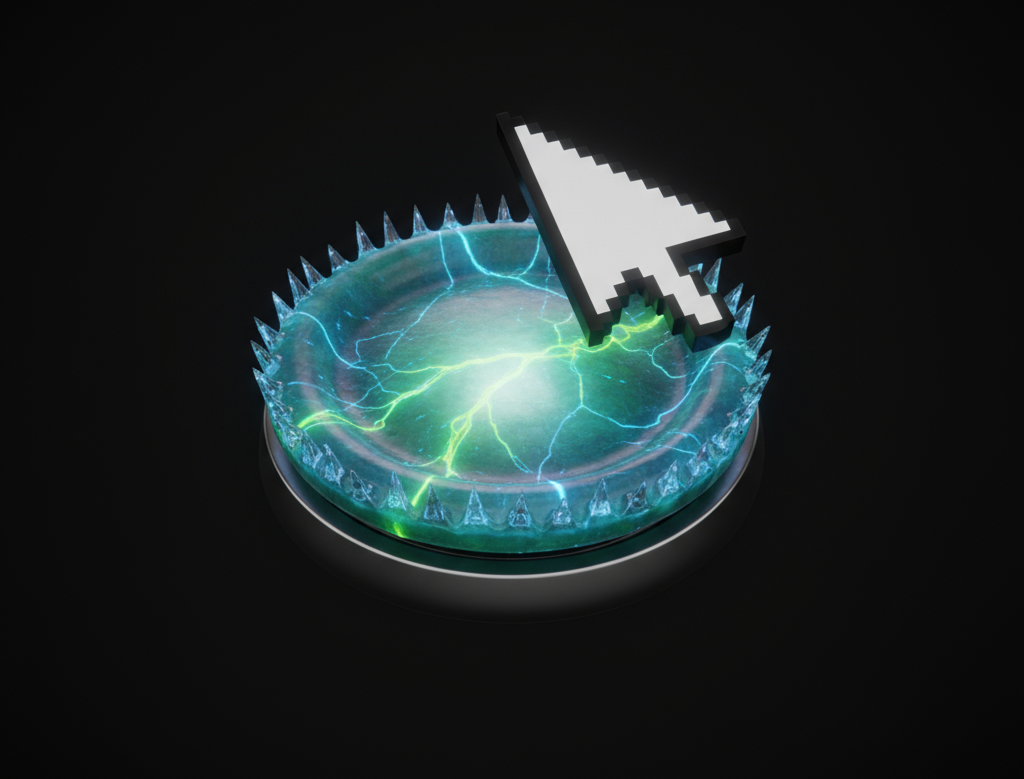The Cybersecurity and Infrastructure Security Agency (CISA) has added CVE-2025-4008 to its Known Exploited Vulnerabilities (KEV) catalog. This warning signals that the flaw is not just theoretical it is already being used by attackers.
The vulnerability affects MeteoBridge devices, which are widely used for weather monitoring and IoT data collection. Because these devices often connect directly to the internet, they represent an attractive entry point for cybercriminals.
How the Vulnerability Works
CVE-2025-4008 stems from improper memory management in MeteoBridge’s software. In practice, attackers only need remote access to exploit it. They do not need a password or authentication, making the attack path far easier.
Once exploited, the flaw allows adversaries to:
-
Run malicious code on the device
-
Install malware or botnet agents
-
Steal data from weather and IoT systems
-
Move deeper into larger enterprise or municipal networks
Therefore, what begins as a compromise of a small IoT weather device could escalate into a serious breach of critical infrastructure.
Why CISA’s Alert Matters
When CISA places a vulnerability in its KEV catalog, the message is clear: attackers are already abusing it. Federal agencies are now required to patch affected devices within a set deadline.
For businesses and governments, this warning should act as a wake-up call. MeteoBridge units are often deployed in sensitive environments such as municipal weather stations, research institutions, and enterprise IoT networks. A single exploited device could give attackers persistence and visibility inside valuable systems.
MeteoBridge has released a firmware update that fixes CVE-2025-4008. CISA urges all administrators to apply it immediately. In addition, organizations should:
-
Limit or block direct internet access for MeteoBridge devices
-
Place devices behind firewalls to reduce exposure
-
Monitor logs for unusual traffic patterns
-
Segment IoT devices from critical IT infrastructure
By combining patching with strict network controls, organizations can lower the chance of exploitation and limit the damage if an attack occurs.
The Bigger Picture for IoT Security
This vulnerability highlights a recurring problem: IoT devices are often deployed without consistent security practices. Vendors focus on functionality, while updates and monitoring lag behind. As a result, attackers treat these devices as low-hanging fruit for gaining footholds in larger networks.
In addition, many IoT systems remain online for years with little maintenance. This creates long-term opportunities for adversaries who know such devices will not be patched quickly. Therefore, enterprises and governments must prioritize IoT patching and visibility with the same urgency as traditional IT assets.
CISA’s alert on CVE-2025-4008 is more than a routine advisory it is a confirmation that this MeteoBridge flaw is being exploited now. Organizations should treat it as a priority.
By patching devices, reducing internet exposure, and improving monitoring, defenders can prevent attackers from turning a small IoT device into a doorway for larger compromises. The incident is yet another reminder that even niche tools can carry outsized cybersecurity risks if left unprotected.
FAQs
Q: What is CVE-2025-4008?
A: It is a critical remote code execution flaw in MeteoBridge devices that attackers are actively exploiting.
Q: Why is this vulnerability dangerous?
A: Because it allows remote attackers to run code, install malware, and use the device as a pivot into larger networks.
Q: Is a patch available?
A: Yes, MeteoBridge has released a firmware update, and CISA urges immediate installation.
Q: What else should organizations do?
A: Reduce exposure by placing devices behind firewalls, segment IoT networks, and monitor logs for suspicious activity.










